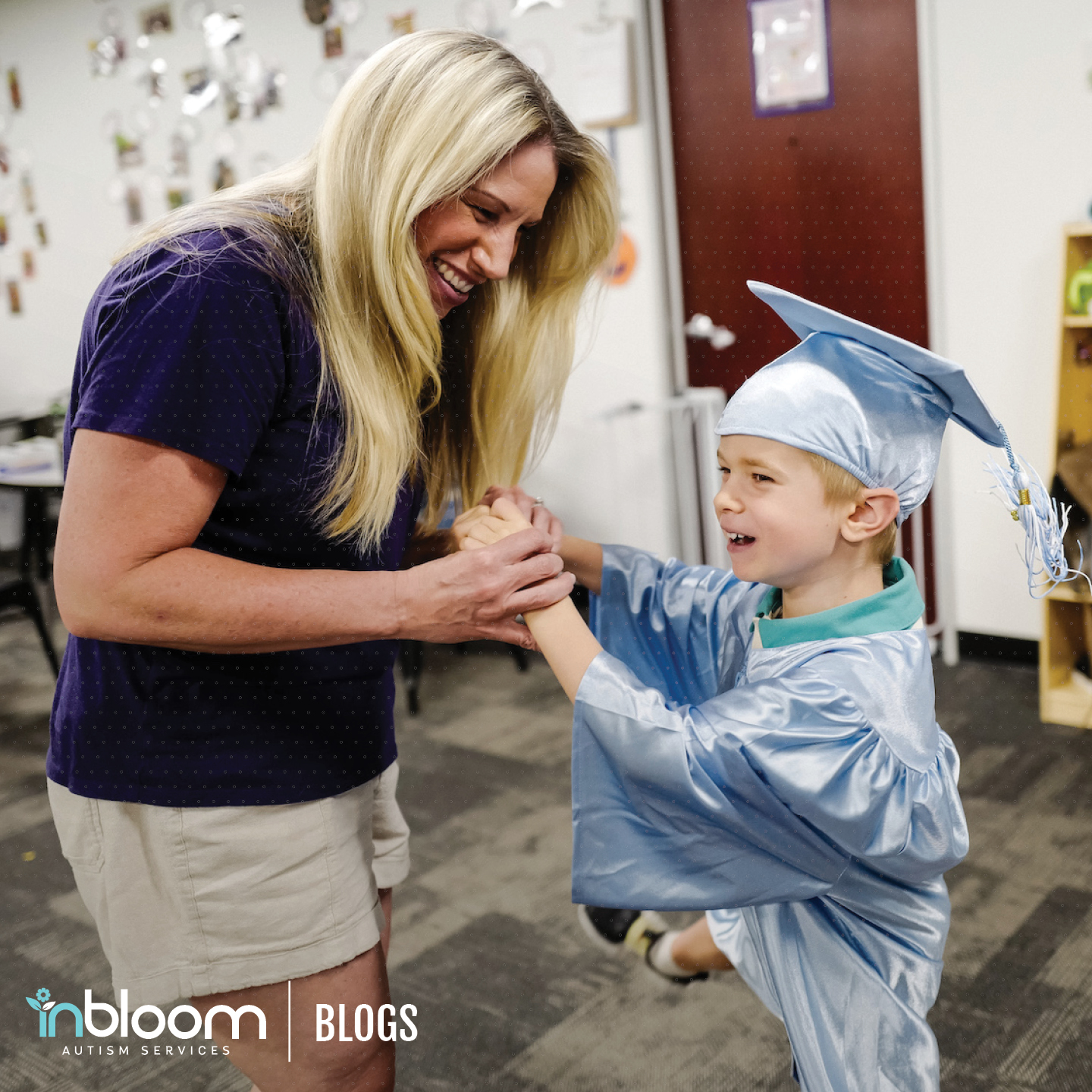Caregiver Coaching: A Step in your ABA Journey

For those of you who have just begun your Applied Behavior Analysis (ABA) journey, you probably have heard about… Caregiver Coaching. Although it is required by most insurance companies, the importance of coaching in your ABA journey surpasses the purpose of pleasing insurance companies. Caregiver coaching should be looked at as a stepping stone in your ABA journey.
The overall purpose of caregiver coaching is to give families and caregivers alike the tools and strategies they will need to carry out the principles of ABA across all the settings that a child encounters day to day.
Your BCBA will determine some caregiver coaching goals when ABA therapy begins. Your BCBA will teach you why your child’s behaviors occur and how to respond. Within the initial treatment plan that contains the program goals for your child, there will also be caregiver coaching goals. These goals will be individualized to meet the child and family’s needs.
Example of Caregiver Coaching Goal:
Johnny’s caregivers will implement mastered goals in the home and community settings to ensure maintenance and generalization, in at least 80% of opportunities, across at least 2 consecutive months.
WHAT DOES THAT MEAN? Basically, in this specific example, the ABA team will ensure that Johnny’s caregivers will be able to carry out the goals that he has met with his therapist and that his caregivers can do so across settings like his own home and out in the community.
Important Aspects of Caregiver Coaching:
Collaboration:
Collaborating is a crucial aspect of ABA in many regards. Your BCBA will collaborate with other therapies your child may be receiving (e.g., speech therapy, occupational therapy, physical therapy) as well as their school. Collaboration is important for generalization. Generalization refers to a child’s ability to consistently perform desired skills and behaviors across settings and people. Caregiver coaching is a form of collaboration, too!
Social Significance:
As mentioned, your BCBA will create some caregiver coaching goals. More than likely, there will be goals will include some sort of generalization. Moreover, the goals will be based on what is socially significant for the child and his/her caregivers. Similar to how your child’s goals will be individualized to their needs, your caregiver coaching goals will be individualized to your family. For instance, if Johnny runs away from the shopping cart every time you go to Costco, your BCBA can work with you on that goal. In this scenario, your BCBA would work with the child’s caregivers to identify why he/she is running away, as well as how to respond to it.
Communication:
If you ever feel your BCBA is moving too quickly, or too slow during caregiver coaching, let them know. Everyone is a team with the same end goal: to increase your child’s level of independence as much as possible and to help him/her successfully function throughout day-to-day expectations in a meaningful way.
Consistency:
Your child must understand the expectations of his/her behavior are the same no matter who they are with, or where they are. Therefore, the techniques and strategies discussed in caregiver coaching should be utilized!
Scheduling Creativity:
Full-time jobs, therapies, being a supermom, keeping your sanity, etc…. You may be overwhelmed with the thought of caregiver coaching on top of your busy schedule. Work with your BCBA to determine a schedule that works for you.
Remember, You’re Not Alone
Your ABA team will empower you to feel confident using ABA strategies independently so your child can thrive in their environment! If you follow these caregiver coaching tips during your ABA journey, you will set your child up for success and contribute to them reaching their highest potential!
——————————-
InBloom Autism Services specializes in early intervention ABA Therapy. Our Therapists undergo training to develop a curriculum specifically designed for children aged 5 and under with autism. Our Learning Centers also offer a safe and enjoyable environment for children to interact with their peers. Learn more about our ABA Therapy program!
Related Blogs:
Understanding AAC Devices for Children with Autism



